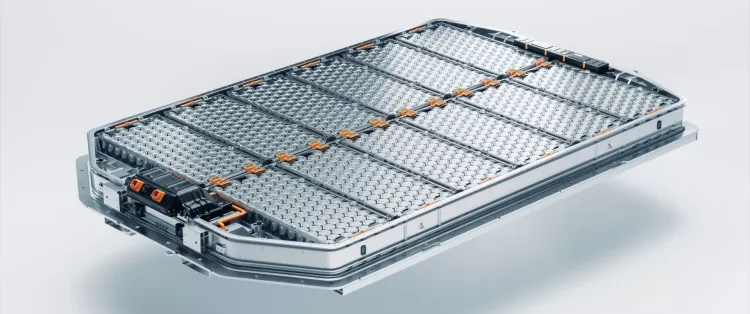The global market for last mile delivery vehicles is expected to grow by more than ten per cent by the end of this decade. One engineering innovation that is encouraging the adoption of EVs in this market segment is the introduction of skateboard architectures. Here, Roger Brereton, Head of Sales at commercial vehicle components manufacturer Pailton Engineering, introduces the key elements of the skateboard design and examines how it is particularly suited for last mile delivery vans.
The skateboard architecture, or skateboard platform, originated with General Motors in the early 2000s. Although in this instance it was used for a fuel cell vehicle, the platform has now become increasingly popular for EV manufacturers such as Tesla and Ree.
At the heart of the skateboard architecture is a modular platform resembling a skateboard deck, upon which all major vehicle components are mounted. This includes the battery pack, electric motor(s), suspension, braking systems and other crucial elements. Proponents of the concept argue that by consolidating these components into a single, flat chassis, manufacturers gain significant flexibility in designing various vehicle types.
A key benefit of this approach is the potential scalability. The modular design allows manufacturers to easily adjust the size, shape and payload capacity of the vehicle, without the need for extensive retooling or redesigning. In the new lexicon of EV manufacturing, different ‘top hats’ can be implemented on top of the skateboard platform, depending on the purpose of the vehicle.
Although some have questioned whether this design offers the same level of torsional stability that alternative chassis designs can provide, others have pointed to the benefits of placing heavy components like batteries near the centre of the vehicle and low to the ground. This provides a lower centre of gravity and therefore improved vehicle dynamics.
Skateboard architectures can help to advance the transition to e-mobility by standardising key components and using electric powertrains. Furthermore, the modular design facilitates easier maintenance and updates. Service technicians can quickly access and replace individual components, minimising downtime for fleet operators and reducing maintenance expenses over a vehicle’s lifetime.
Built for last mile logistics?
Having already become commonplace for EVs in the automotive sector, the skateboard design is poised to help facilitate the electrification of the light commercial vehicle (LCV) market. The LCV market is expected to grow steadily, with increased emphasis on last mile logistics, driven by the rise of e-commerce.
If we break this market into its different segments, as per a recent report by McKinsey and Company, we find that last mile delivery vehicles look particularly suited both to EV adoption and to the potential benefits of skateboard platforms. In general, the LCV market requires flexible platforms, as different vehicles are intended for different purposes.
The modular design of the skateboard architecture could be a benefit here, as the platform can be adapted for different roles and specialist upfitters can add different elements to the base vehicle, for example refrigeration units for delivering groceries. The platform design is also useful in providing significant space for storage — another advantage for a delivery vehicle.
When considering whether EV adoption is more or less likely in a specific market segment, a key factor is the relevance of range anxiety. Last mile delivery vehicles are less likely to face issues with range anxiety as they are travelling shorter distances in urban environments. If the promise of reduced maintenance costs also proves realistic, EVs could quickly become the preferred option for fleet managers in this sector.
The modularity and flexibility of the skateboard architecture is something that manufacturers of electric LCVs are turning to. Many new entrants in this market are focusing on a particular segment, with last mile delivery arguably the current frontrunner. It is becoming increasingly likely that in the next few years, your groceries will be delivered on a skateboard.


















